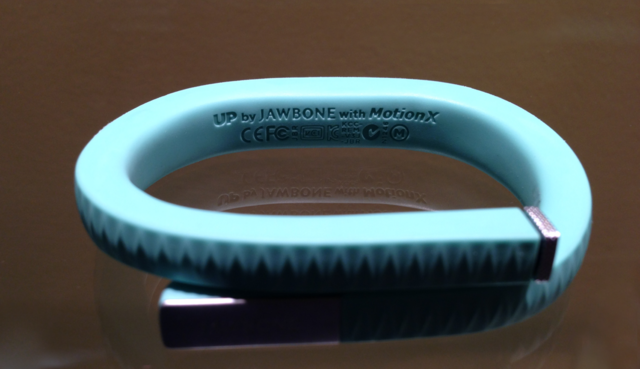 |
Jawbone’s origins date back to the late 90s when it was founded by a pair of Stanford students under the name Aliph. The company soon secured DARPA funding to design communication equipment for noisy field environments, so leveraging that research to create a noise-canceling headset for phone calls. An early prototype reportedly scored the Aliphteam an audience with Steve Jobs, though the late-Apple founder’s bluntly rejected the wired headset.
The company’s innovations did manage to capture more ardent support of designer Yves Behar, who would come on board as VP and design many of much of the company’s products and packaging. Jawbone debut the original headset at CES in 2007. Then branching out in 2010 with the hybrid Bluetooth speaker/speakerphone, the Jambox releasing the first Up fitness band in 2011– the same year it officially adopted Jawbone as its company name. In the decade since the company released the first Jawbone headset, it quickly enamored itself among Silicon Valley startup culture. It was at the forefront of a number of growing spaces, most notably wearables. The company’s reportedly raised around $1billionin in funding with a highwater evaluation north of $3B in 2011.
That evaluation was apparently halved by way of a much-needed investment by the Kuwait Investment Authority early last year. According to an email by its CEO that leaked out late last year, Jawbone was once again looking for fresh funding, as Blackrock which game the company a $300 cash infusion, was said to be aggressively pushing the company to sell.
Jawbone’s reportedly dire straights are once again brought to light in the wake of an ongoing patent suit with archrival Fitbit that sought to block from selling its devices stateside. The charge maker ultimately dropped the suit citing the company’s precarious finances. But the story doesn’t seem to end there. Whether it’s keeping up appearances in hopes of securing more funding for a pivot or genuinely building the next phase of the company already with money it has held back from putting into its current “live” business, or something between the two, apparently there is more to come.



0 Comments